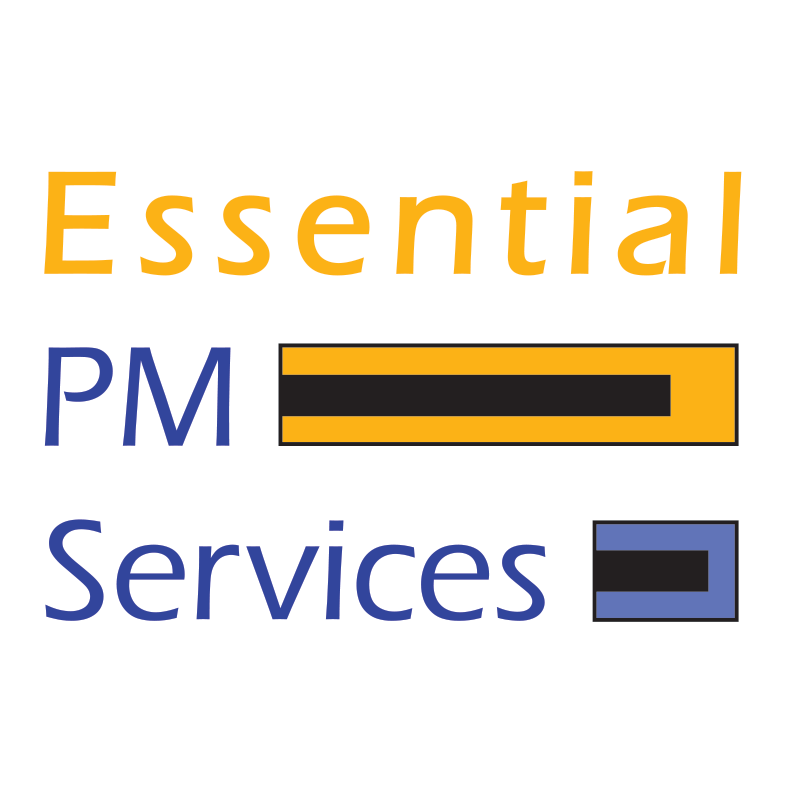I am an observer. Patterns and organizational dynamics fascinate me. When I sense a pattern but things are missing, I want to solve for those voids. They don’t become a 24×7 obsession, rather they stick around over time until a) I can solve the problem or b) I realize I’m wasting my time.
Sometimes, option a happens until I stumble upon some new information when I am not looking for it. When that happens, it is always a pleasant surprise. Normally it happens when someone has trod where I have begun to tread, and their knowledge is imparted upon me. I am not an inventor or creator; I am pretty good at identifying problems and determining solutions, so I am constantly looking to add to my toolkit.
The Corner and Borders
My recent projects have been a period of problem solving, introspection, and knowledge gathering around project management-adjacent concerns. These have not been problems, per se, but a desire to take situations that met a project’s expectations, but not as optimally as I would have liked.
A few years ago, I was co-responsible for identifying software products that would fulfill the needs of several business units. My partner and I would be given a request, we would find products that fit, and schedule demos. All good, right? The leaders of these business units made the requests and were interested in the products. By the time pilot sessions were scheduled, interest waned and we aborted the effort. This happened regularly. Why couldn’t we get through the pilot? Why would such a beneficial product – one they requested – be such a tough sell? This conundrum confounded us.
Then there were situations in project delivery where delivering the functional requirements became a given, but things seemed askew. Why weren’t sponsors communicating with the organization earlier about the upcoming change? Why were department heads thinking that one time through formal training would be enough for the users to grasp the change and be ready for it once the solution was implemented? Why was the sponsorship team frustrated when the project went live and no one was happy?
Filling In the Middle
I became less concerned about the software side of the change and more intrigued by the people side of the change. This is when I started saying, “Change initiatives often masquerade as software projects.”
My evolving thought was, for the project to be successful, it needs to be successful on the people (i.e. change) side, too. You can’t reap the benefits of the technical solution if it is not used. I know, big surprise, right?
Finding the Missing Pieces
My first encounter with change management via a PMI (Home of Project Management | Project Management Institute) webcast piqued my interest. The presenter seemed to address many of the voids that had been created by my recent experiences. I studied further and had several “aha” moments. I believed I was on the right track.
I started incorporating my newfound knowledge into practically everything I did. I knew I was already a part-time change management practitioner, since the routine part of my engagements was the project management part, and the thought- and solution-provoking parts dealt with the people side of change. I easily slid my ever-increasing knowledge into my PM role. But for everything I did, I continued to ask, “Is there an easier way to do this?” and, “Do any tools exist to support this activity?”
It was at that time that I joined the ACMP community (Association of Change Management Professionals) and started lurking in the forums; I learned a lot there. Then a colleague recommended the book “Changing the Way We Change, Gaining Control of Major Operational Change” by Jeanenne LaMarsh (Changing the Way We Change: Lamarsh, Jeanenne: 9780201633641: Amazon.com: Books) as a primer to change management. Everything suggested to me furthered my knowledge and my understanding of its application. But I still felt as though I was always starting from scratch, making my own tools.
Then a colleague recommended to me the Prosci change management certification (Prosci Methodology Overview). And there it was! A philosophy, a framework, tools…and a system to walk me through it all. I am finding the tools useful and they are guiding me from knowledge to ability regarding the implementation of change management practices. Many I had been doing for a decade, I just didn’t know they were part of the change management discipline. The methodology and tools helped fill most of the current voids in my knowledge.
The Next Puzzle
As I mentioned, contributing to change management initiatives is not new for me. My recent experiences are teaching me how to better initiate change management activities and bring them front and center to my clients. Not all questions have been answered, but I am getting closer.
Disclaimer: the recommendations made to me were just that…recommendations. I am not paid to endorse these organizations or products; I found them helpful on my journey to becoming a better Project and Change Manager.
Disclaimer 2: the Prosci training and tools are an investment. If you are an independent consultant, consider strongly whether the value you will receive from the tools will match the investment. For me, it does.
